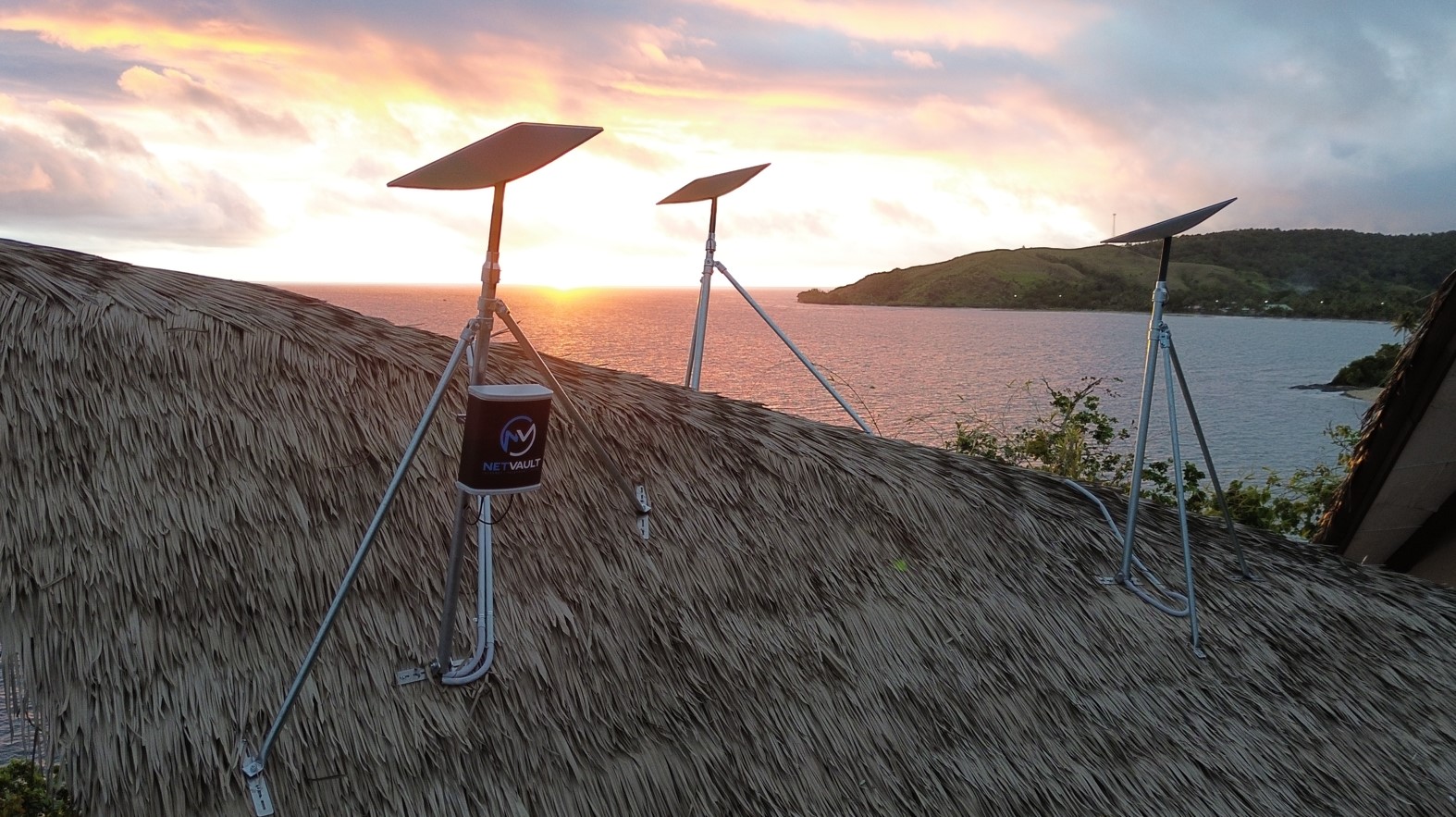The Government is finally rolling out the Universal Service Scheme (USS) with Starlink’s low earth orbit (LEO) system to 126 of 240 areas that have been identified as having poor or no connectivity.
Minister for Trade and Communications Manoa Kamikamica announced in Parliament on Wednesday live demonstrations of the satellite solution were successfully conducted across multiple terrains in Fiji and that the results were decisive.
“The framework prioritised areas based on remoteness and terrain, population clusters, income levels, proximity to health centres, schools and economic activity, and disaster risk and recovery needs,” Mr Kamikamica said.
“In the first deployment phase, we will cover 126 out of 240 sites with the following distribution — 36 sites in Kadavu, 36 in Lau, 15 in Lomaiviti, 13 in Namosi, two in Navosa, and 24 sites in Tailevu.
“This is a deliberate strategy focusing on areas with the greatest connectivity gaps and where the impact will be most transformative.”
He said the shift to satellite drastically reduced costs — from more than $400,000 per terrestrial tower to just $29,000 per site — allowing wider coverage across 240 communities under phase one of the program.
“Each site will feature a minimum of two Wi-Fi access points, solar-powered systems for off-grid sites, emergency satellite phones for disaster response, a voucher-based access model to manage usage and encourage responsible digital behaviour. “These systems are energy-efficient, modular and technology-neutral, allowing for future upgrades or backhaul replacements without overhauling infrastructure.”
Mr Kamikamica said the deployment was being conducted in collaboration with the Telecommunications Authority, iTaukei Affairs Ministry and other stakeholders

